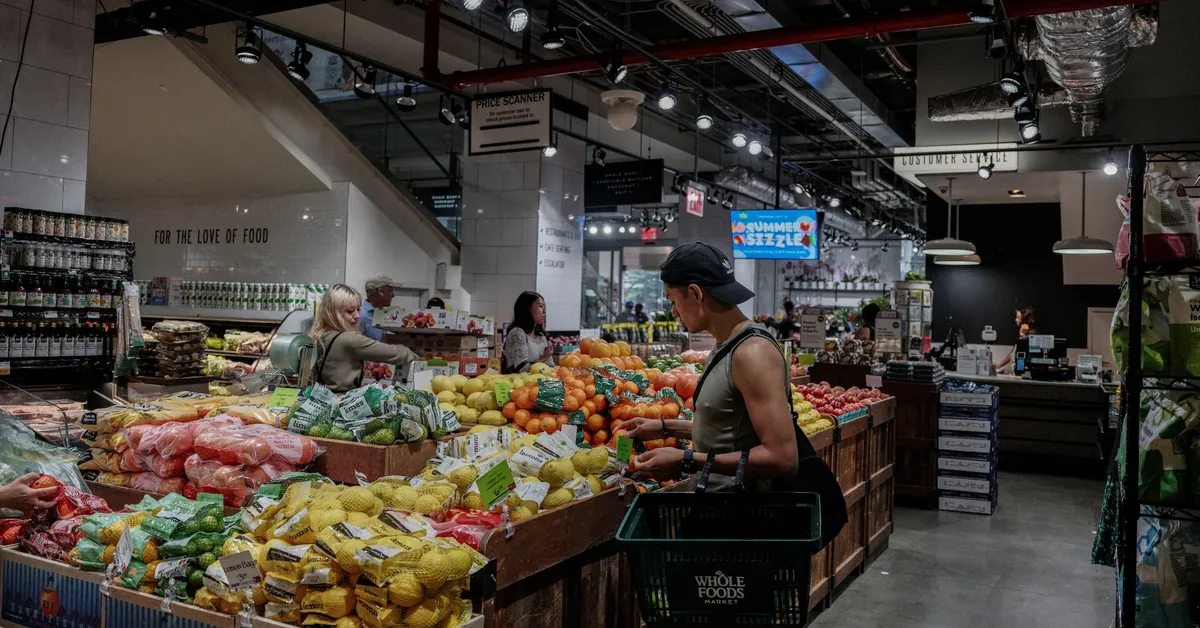
On October 24, 2023, the U.S. Labor Department released a report indicating that consumer prices rose slightly less than anticipated in September. This increase was primarily driven by a significant uptick in gasoline prices, which surged by 4.1%. However, this was somewhat balanced out by a notable moderation in rental prices, suggesting potential easing inflationary pressures. The current economic climate keeps the Federal Reserve on track for another interest rate cut next week.
The report highlighted that consumer inflation was tempered by a slowdown in the rise of prices for airfares, hotel and motel accommodations, as well as a decrease in the prices of used cars and trucks. Despite these positive signs, tariffs on imports continued to exert upward pressure on prices for apparel, appliances, furniture, bedding, and sporting goods. This complex interplay of factors emphasizes the challenging economic landscape.
This inflation report was published despite a temporary data blackout due to the ongoing U.S. government shutdown. The shutdown has hindered the Social Security Administration from calculating its cost-of-living adjustments for millions of retirees and other benefit recipients. Originally scheduled for release on October 15, the inflation report's publication was uncertain, with the White House warning that October’s report might not be released, marking a historic first.
Olu Sonola, head of U.S. economic research at Fitch Ratings, noted that this inflation print offers a much-needed relief for the Fed. He remarked that the tariff passthrough remains muted, as the focus shifts to a weakening labor market. The anticipated interest rate cut is viewed as an insurance measure, with hopes that the shutdown will conclude by December, allowing for a clearer assessment of job market conditions.
The Consumer Price Index (CPI) increased by 0.3% in September, following a 0.4% rise in August. Excluding the volatile food and energy sectors, the CPI saw a gain of 0.2%, down from 0.3% in the previous month. The slowing inflation in rents significantly contributed to this moderation in the core CPI, with owners' equivalent rent increasing by just 0.1%—the smallest increase since January 2021.
Food prices rose by 0.2% in September, after a sharper increase of 0.5% in August. Grocery prices saw a 0.3% uptick, driven largely by a 0.7% rise in the cost of cereals and nonalcoholic beverages. Meanwhile, beef prices surged by 1.2%, following a 2.7% increase in August, leading to a staggering 14.7% rise compared to the same period last year due to previous droughts impacting feed costs.
Despite the current inflation metrics appearing manageable, economists estimate that consumers have absorbed about 20% of the import duties levied. Businesses have hesitated to transfer the full burden of these tariffs to consumers, prioritizing hiring over passing on costs. The Fed is closely monitoring the Personal Consumption Expenditures (PCE) price index, which serves as a benchmark for its 2% inflation target.
Following the report, U.S. stocks opened higher, while the dollar weakened against a basket of currencies, and long-term Treasury yields increased. However, concerns are mounting about the reliability of future economic data due to the ongoing shutdown. The data collection for October has been severely impacted, with more than half of the necessary data already missing. The White House has indicated that the CPI report for October may not be published, creating potential risks for policymakers and the market.
The economic landscape remains precarious as the Federal Reserve prepares for its upcoming decisions amid these inflation trends and the uncertainties stemming from the government shutdown.